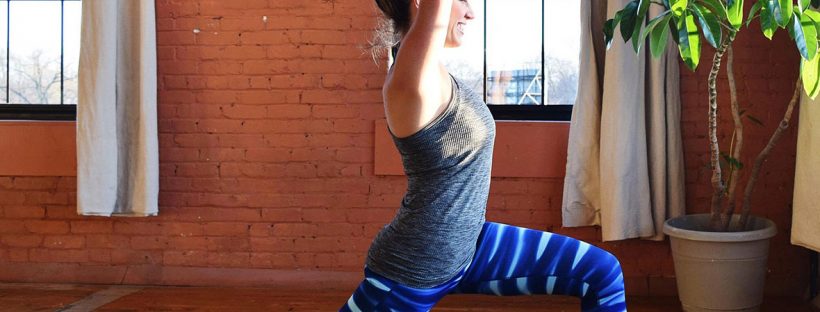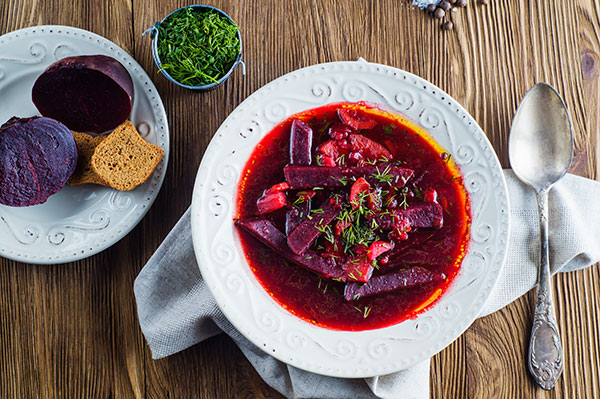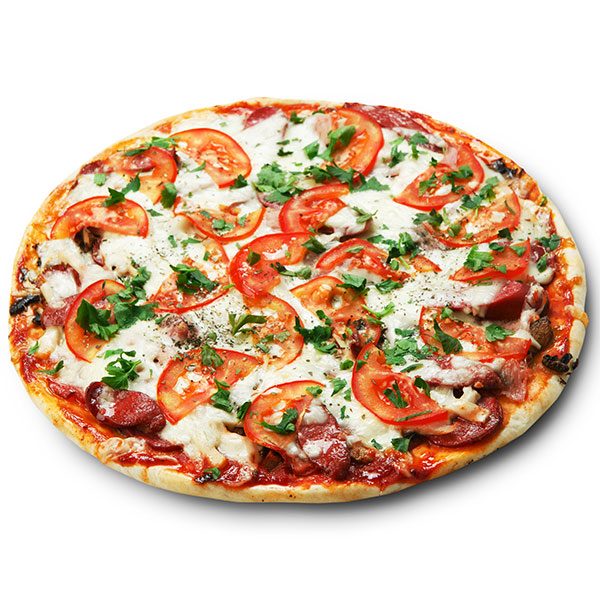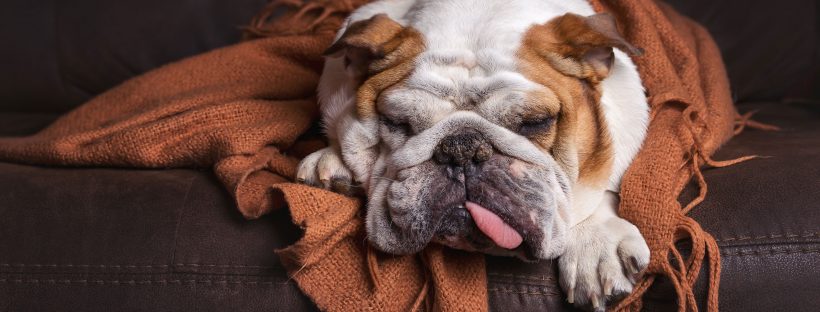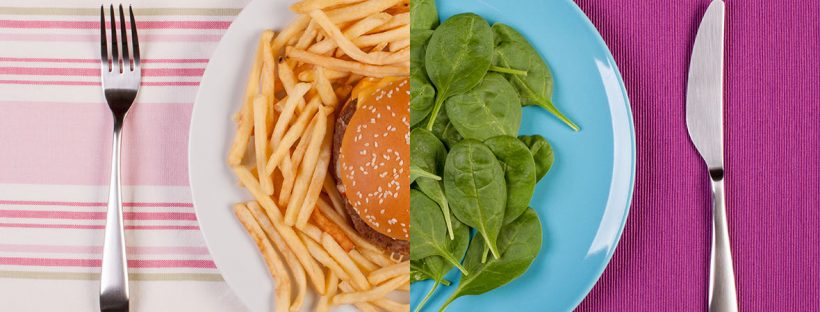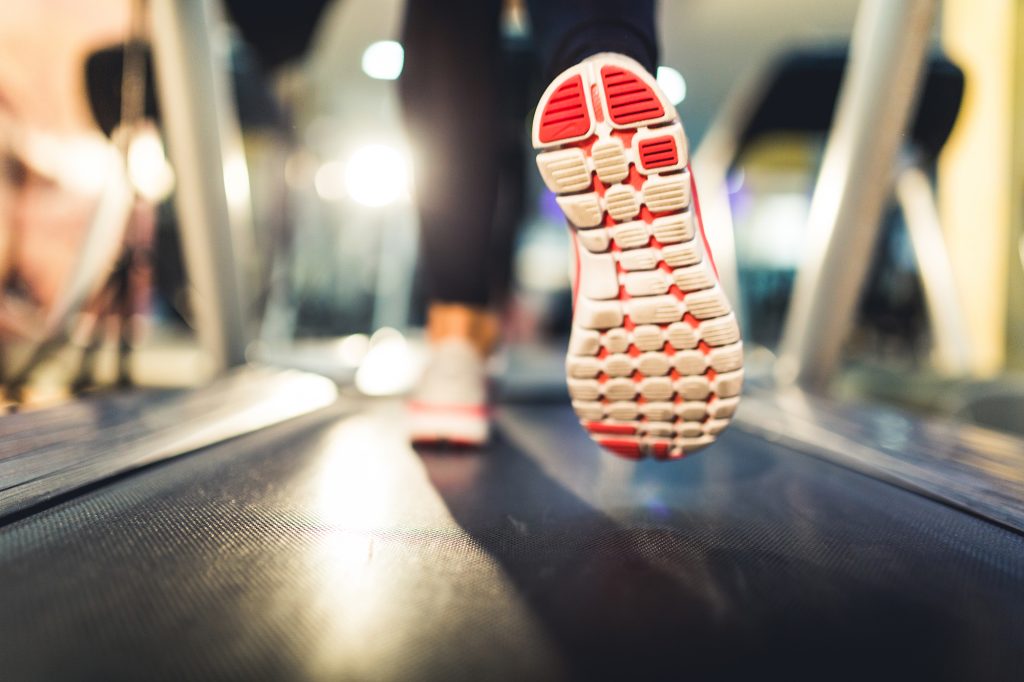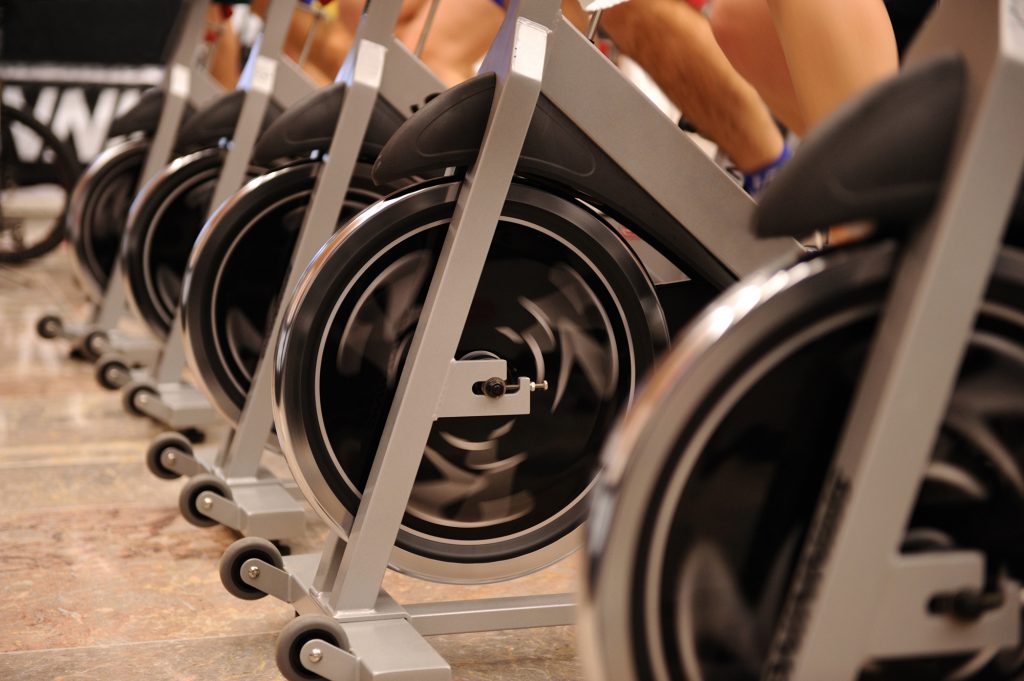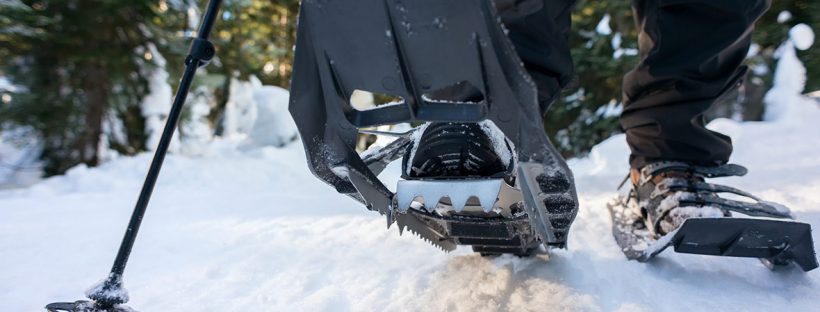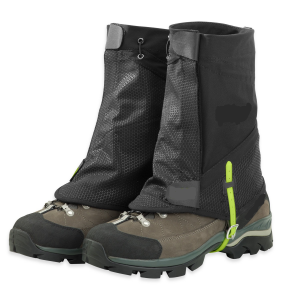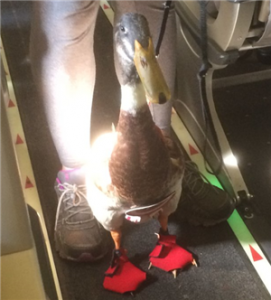I’m obsessed with my popcorn popper. My hot-air wonder has been popping healthy treats since before I met my hubby and had kids – even before I got the now-elderly feline.
You come to my house, I serve you popcorn. You invite me to your house, I come with popcorn.
My friends mock me for my love of air-popped popcorn. But they lust after salty chips and fudgy ice cream, while I happily embrace my popper and bag of popcorn kernels.
It’s my simple solution to healthy snacking.
“Swapping out junky treats for air-popped popcorn is a simple change that can lead to a healthier tomorrow,” said Patricia Salzer, registered dietitian, Excellus BlueCross BlueShield. “One cup of popcorn is about 30 calories – if you don’t add gobs of butter and other unhealthy stuff!”
It’s not the only simple solution to life’s healthy living problems. Consider these 50 small healthy changes that can make a big difference, and visit ExcellusBCBS.com/LiveFearlessNation for more on how to make small changes – one fearless step at a time. Help spread the word with family and friends and inspire others to be part of this Fearless Nation.
Eat better
Let’s start with my biggest hurdle – eating right! I generally eat OK, especially when I’m inhaling popcorn, but I’m a sucker for sweets. Here are some ideas:
- Invest in an air popper! (Are you surprised this is tip #1?) You, too, can be mocked by friends for snacking on nothing but popcorn. But, get this. One of those friends ran out a few years ago and BOUGHT HER OWN POPPER! It changed her life.
- Banish the Oreos to the highest of shelves! Exile the double fudge ice cream to the back of your freezer! Out of sight, out of mind, right?
- Wash and cut-up raw veggies and coax them to the front of your fridge. When you’re looking for something quick to eat, you can grab and go. For an added treat, dip them in a hummus or a yogurt mix.
- Swap out the cookie jar for a bowl of apples. Apples are guilt-free because they have just traces of fat and sodium and no cholesterol. The skin of the apple is loaded with disease-fighting antioxidants.
- Ditch the gigantic plates. Smaller plates can help control portion size. The bigger the plate, the bigger the portions . . . and the more calories you’ll consume.
- Fill that smaller plate with the right stuff. Fill half the plate with fruits and veggies and split the rest between lean protein (chicken, fish, beans, etc.) and grains.
- Hey ladies: If you’re thinking of having a baby at some point, consider stocking up on folic acid. This vitamin helps to prevent birth defects. Aim for 400 micrograms of folic acid daily in vitamins or foods, such as fortified breakfast cereal.
- Ditch the “I need to get Vitamin D” excuse for excess sunbathing. Don’t risk getting skin cancer. Consider eating foods high in the vitamin, such as tuna fish, salmon and fortified milk. The vitamin is critical to having strong and healthy muscles and bones.
- Carry around a water bottle for easy drinking. Drinking lots of water can help curb your hunger and help you lose weight.
- Not a fan of water? Add flavor to tap water with slices of cucumber, cinnamon sticks, apples, fresh cranberries or a sprig of mint.
- Now that you have an air-popper, consider adding a crock-pot to your collection of small appliances. Become a wiz at making easy, healthy meals. It can even save your sanity and your marriage.
- Add veggies to your meals, whenever possible. Got fussy kids? Find ways to sneak veggies into their foods. Try this Stealthy Zucchini Meatball recipe.
- Eat breakfast. Lose weight. Really.
- Indulge in healthy snacks. Think plain Greek yogurt, a few nuts, fruit, veggies or nut butter. If you get too hungry, you’ll likely overeat at your next meal.
- Buy fruits and vegetables that are in season in the fall, winter, spring and summer. Eat foods at their peak for flavor and freshness.
- Drink your greens. You won’t taste the added veggies, but you’ll be getting an extra serving of produce without even trying. Check out this recipe.
Move more
I used to run – a lot. But then then I had kid #1 and kid #2, and started running less. I stressed over my inability to find enough time to run.
I finally faced reality. As long as I moved a lot in a day, it’s OK if I didn’t run. My new outlook saved my sanity, and kept me active.
Here are ideas for moving more:
- Buy a FitBit or another activity tracker — if you don’t mind spending the cash! It might be the motivation you need to hit certain activity goals, like 10,000 steps or more a day.
- Walk out your front door and keep walking. Walking has the lowest dropout rate of any physical activity. It’s so easy to do!
- Loop around the perimeter of a big box store such as Walmart, Target or Wegmans before you fill your cart.
- Race your kid. Run outside with the little ones, climb that tree, jump rope and kick the ball. When I’m low on steps for the day, I race my kindergartener around our yard to boost my activity totals.
- Stand up! More than half of your day is likely spent sitting. Too much sitting is linked to heart disease and other serious issues. Sit all day at work? Set a reminder to stand every hour. Stand when on a conference call or eating lunch. Or, try a walking meeting with co-workers.
- Wake up 10 minutes earlier for a quick workout. I’m currently hooked on a 12-minute Tank Top Arms Workout on YouTube. My co-worker swears by the free workout app, Seven, for — you guessed it – seven-minute workouts.
- Time strapped in the morning? Squeeze in a few push-ups (on toes or knees) before you brush your teeth.
- Keep refilling the water bottle or glass of water. That’ll get you extra steps – especially from added bathroom breaks!
- Skip the email! Get up, walk to your co-worker’s desk and have an actual conversation in person.
- While watching TV, stand, stretch or squeeze in exercises.
- Schedule a gym date with a friend. You’re more likely to go if you have a buddy holding you accountable.
Feel better
My neighborhood is full of big weeping willows and other park-like, mature trees. A creek winds through my yard. A walk around my yard or street is the perfect stress buster, since being in nature is a great mood booster. Here are other ideas to help you stay sane:
- Trek through a park, forest or trail. As I mentioned — nature is believed to reduce stress and depression.
- An even simpler solution? Go outside and breathe in the fresh air.
- When you’re outside, look up! The sky can be beautiful and a great distraction from your troubles.
- Gardening – Fixing up your yard or tending to rows of tomato plants can help reduce stress.
- Breathe … deeply. It’ll help distract you from your thoughts and might actually help you (really) relax.
- Power Pose! Stand tall with your hands on your hips! Or, flex your muscles! Do whatever pose makes you feel powerful for two minutes. It might boost your confidence before a job interview or another high-pressured event.
- Exercise to . . . relax? It’s a real thing. Exercise can decrease stress levels while stimulating the feel good chemicals in your brain, called endorphins.
- Pen thank you notes. Focusing on the good things in your life, such as how others have helped you, can make you feel happy.
- Write only happy thoughts. Journal about what makes you feel good. It’s the same idea behind #33. Gratitude can boost the positive emotions that make you happy.
- Call a friend. Connecting with good friends can prevent you from feeling lonely, offer companionship and boost your overall mood.
- Smile! I mean a real, full-fledged smile that leaves crinkles around the eyes. Smile your way out of your crabby mood.
- Volunteer. If you want to fight depression and loneliness, helping others is a great antidote.
- Hey road-ragers: Get a stress ball. Instead of shrieking at the car in front of you, find other ways to alleviate stress.
Sleep more
I took an amazing nap the other day. It was Sunday, and I was up early with the kids. After a morning of chasing them around, doing errands, laundry, etc., I was cranky and exhausted. Then I took that amazing 20-minute nap. I woke feeling unusually refreshed and pleasant!
Here are tips for grabbing more of that elusive shuteye:
- Nap! A short, 20-30 minute nap can help fix a poor night’s sleep.
- No bedtime iPhone-ing. That light from your smartphone might wreck your ability to sleep.
- Read a book. When I’m struggling for shuteye, I grab the Kindle and read until my eye lids start to droop. It. Works. Every. Time.
- Quiet your racing mind. One large sleeping roadblock is your obsession with your to-do list, your workload, your kids, etc. But meditation can help calm your mind and relax. Sleep.org has tips for meditating before bed.
- Skip the booze. I’m really sorry about this one. The wine before bed might help you quickly doze off, but you might not get a restful night’s sleep. Everyone’s body is different, so listen to yours in deciding if and how much to drink before bed.
- Exercise during the day. When I run, I sleep. Doing aerobic exercise for at least 10 minutes and you might have a more satisfying slumber.
- Snack before bed. This blog article, “11 easy snacks to help you sleep better,” will get you thinking about nighttime indulgences.
- Adult lullabies. Sure, you’re a big adult with big adult responsibilities. But even big adults sometimes need “adult lullabies” to wind down and fall asleep.
- Thin, firm or no pillow? Are you a back, side or stomach sleeper? Certain pillows will work best for certain sleepers. Get tips HERE.
Our last small change is….
Have you seen how kids clean their teeth nowadays? They’ve got bags of colorful, flavorful “flossers” to sharpen their fangs. All I got as a child were boring containers of … floss.
- Speaking of floss, do it! Flossing helps prevent gum disease, which in turn can lead to a host of health issues. So floss, and you might reduce your risk of heart disease.



